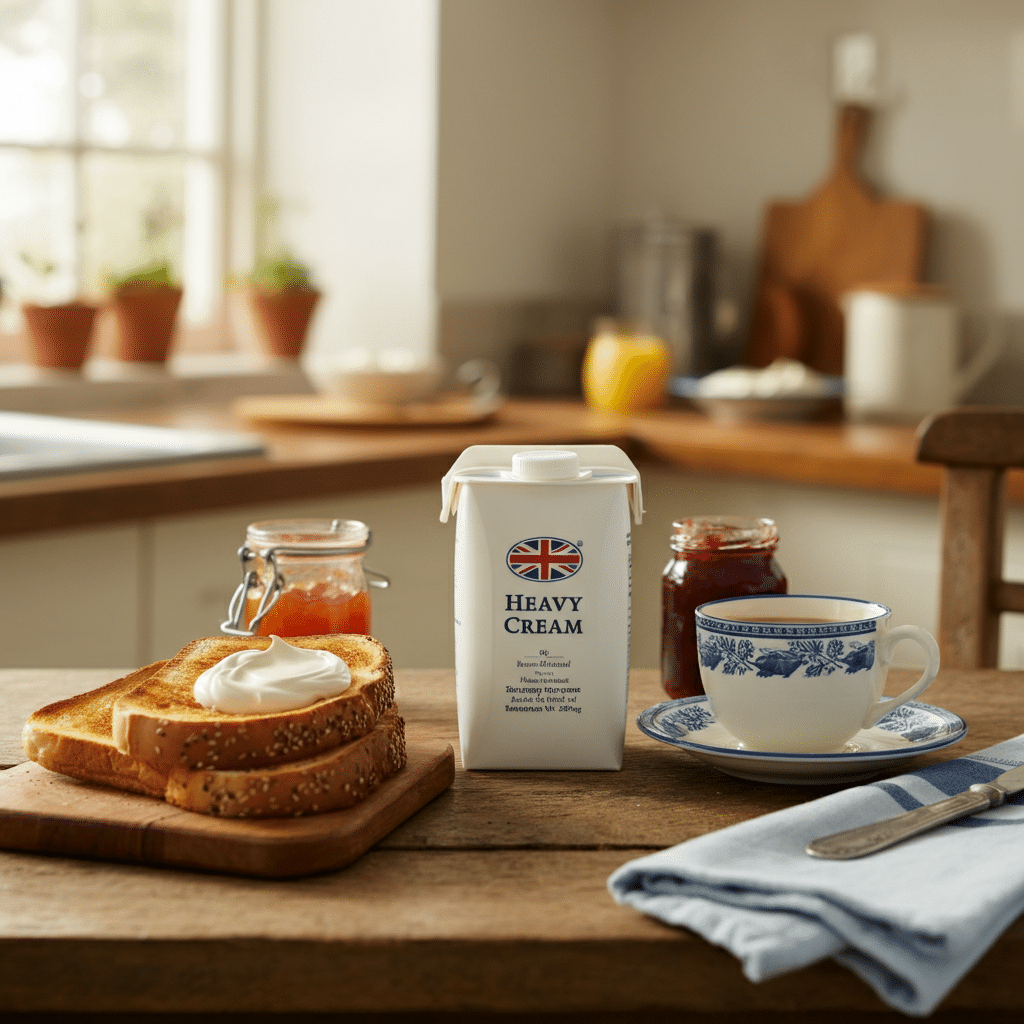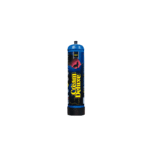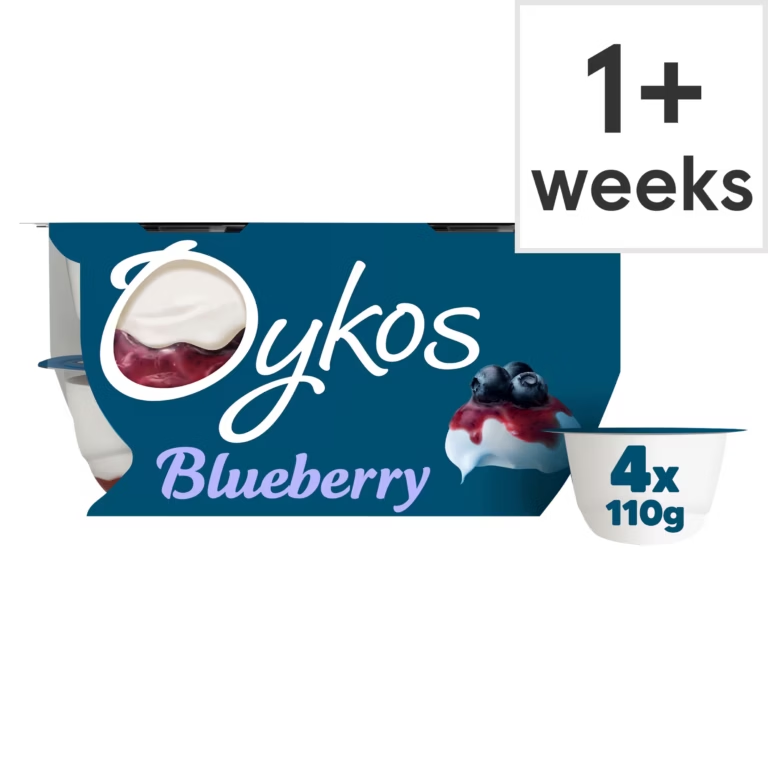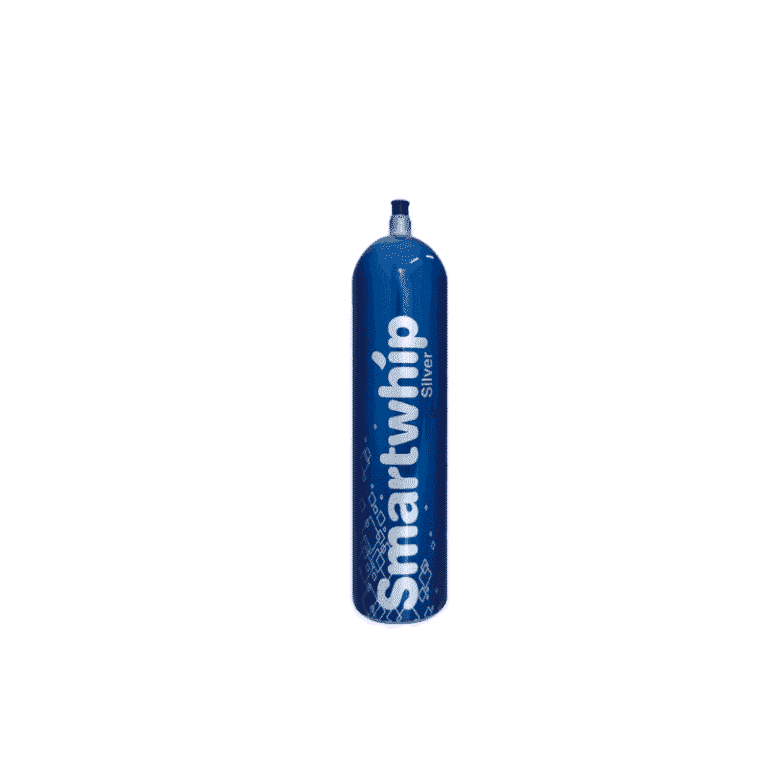If you’ve come across a recipe that calls for “heavy cream” and you’re based in the UK, you might find yourself scratching your head. Heavy cream is a common ingredient in many international recipes, often used for its rich texture and versatility in cooking and baking. But here’s the twist – heavy cream is not a term traditionally used in the UK. Instead, you’d be looking for its closest equivalent, “double cream.” Confused yet? Don’t worry; you’re not alone!
This blog will break down everything you need to know about heavy cream, what it’s called in the UK, how it differs from other types of cream, and how you can use it in your cooking. We’ll also share tips for substitution and answer some common questions so you can cook with confidence, no matter where you’re shopping.
Grab a cup of tea (or coffee with cream, if you prefer), and let’s demystify this kitchen staple!
What is Heavy Whipping Cream in Uk
Before we get into its UK counterpart, it’s worth understanding what heavy cream actually is. Heavy cream, often labeled “heavy whipping cream” or ultra-pasteurized heavy cream in some parts of the world, is a dairy product with a high milk fat content, typically around 36-40%. This high-fat content gives heavy cream its rich, luxurious texture and makes it ideal for whipping, thickening, or adding depth to sauces, soups, or ice creams.

Key Properties of Heavy Whipping Cream
- High-Fat Content: Its rich milk fat content (above 36%) distinguishes it from other types of cream and gives it the ability to whip and hold its shape in forms like soft peaks, medium peaks, or firm or stiff peaks.
- Versatility: You can use heavy cream for everything from sweet desserts like banana cream pie to savory dishes like creamy tomato cream pasta sauces or curries.
- Stability: Thanks to the fat content, heavy cream doesn’t curdle easily when cooked, unlike milk or lower-fat creams.
Now that we’ve established what heavy cream is, it’s time to figure out what you should be looking for in UK grocery stores.
What is Heavy Cream Called in the UK?
If you’re shopping in a UK supermarket, you won’t find “heavy whipping cream” on the shelves. Instead, you’ll encounter an array of creams with different labels. The UK equivalent of heavy cream is double cream. Here’s how double cream stacks up next to heavy cream:
- Double Cream: With a fat content of around 48%, double cream is even richer than heavy cream. This makes it ideal for whipped cream, no-churn ice creams, and creating indulgent textures in desserts and sauces.
- Similar Characteristics: Like heavy cream, double cream can be whipped, added to recipes without curdling, and used as a base for both sweet and savory dishes, including cooking cream applications.
While double cream and heavy cream are not identical, they are interchangeable in most recipes. If anything, double cream gives you a slightly more luxurious finish because of its higher fat content.

How Double Cream Differs From Other UK Creams
To avoid confusion, here’s a quick breakdown of other cream types you’ll find in the UK and how they compare:
- Single Cream: Contains around 18% milk fat and is much lighter. It’s unsuitable for whipping and likely to curdle if added to hot dishes.
- Whipping Cream: Falls between single cream and double cream with 35% fat content, making it light but suitable for whipping (though not as rich as double cream).
- Clotted Cream: A richer, thicker cream (55-60% fat content) traditionally served during Cream Tea with scones and jam. It is not a substitute for heavy or double cream in recipes like peanut butter pie or cookie butter fillings.
When in doubt, opt for double cream as the most direct alternative to heavy cream.
Using Heavy Cream (Double Cream) in UK Kitchens
Heavy cream (or double cream) isn’t just an ingredient; it’s a game-changer in countless recipes. Here are some popular ways to use it in your cooking and baking:
- Whipped Cream for Desserts
- One of the most common uses for heavy cream is whipping it into soft, fluffy peaks for cakes, pies, or hot chocolate. Double cream can be whipped similarly, but because it’s richer, take care not to overwhip, as it may turn into butter.
- Creamy Sauces and Soups
- Double cream adds a luxurious texture to savory dishes like tomato cream pasta sauces, gravies, and creamy soups. Its high fat content prevents it from splitting when heated, unlike light sour cream or soured cream.
- Baking and Desserts
- From silky ganache to banana cream pie fillings, double cream or heavy cream is a star in baking. Its richness helps achieve that perfect balance between fluffiness and decadence.
- Coffee and Beverages
- Looking to elevate your coffee game? A splash of double cream, Elmlea Double Alternative to Cream, or Flora Plant Cream Double can replace milk or lighter creamers like light whipping cream or dairy-free milk for a more indulgent cup.
Tip: If you’re substituting heavy cream with double cream, slightly reduce the amount used in recipes to avoid an overly rich outcome. You can also mix double cream with a bit of milk to bring the milk fat content closer to the heavy cream range.

Making Substitutes for Heavy Cream
Sometimes, you might find yourself out of cream but still need it for a recipe. Not to worry – there are several easy substitutes. Here are some of the most effective options:
- Milk and Butter
- To simulate the fat content of heavy cream, mix 3/4 cup of whole milk with 1/4 cup of melted unsalted butter. This is a quick and easy substitute for most recipes.
- Greek Yogurt and Milk
- For a lighter alternative, combine equal parts Greek yogurt and milk. This works for baking or soups where stability isn’t as crucial. Add a little sour cream for tang.
- Coconut Cream (Non-Dairy)
- If you’re avoiding dairy, coconut cream can be a great substitute. It has a similar fat content and whips up beautifully like coconut whipped cream, making it ideal for desserts.
- Cream Cheese, silken tofu, or cashew cream can also serve as substitutes in rich recipes, especially vegan ones, alongside soy milk or coconut milk.
While these substitutes can work in a pinch, nothing quite matches the taste and texture of heavy or double cream, so use the real deal when you can.
FAQs About Heavy Cream in the UK
- Is heavy cream the same as double cream?
- Not exactly, but they are very similar. Heavy cream has a fat content of around 36-40%, while double cream is slightly more decadent at approximately 48%. However, they are interchangeable in most recipes.
- Can I use single cream instead of heavy whipping cream?
- Single cream isn’t a good substitute for heavy cream as it has a much lower milk fat content (18%) and doesn’t whip or hold up well in cooking.
- Why does double cream have more fat than heavy cream?
- Double cream is unique to the UK and is specifically designed to be more decadent and more indulgent, which is why it has a higher milk fat content compared to its international counterpart.
- Is whipping cream a substitute for heavy cream?
- Whipping cream in the UK has a similar fat content (35%) to heavy cream. You can use it as a substitute, but double cream is the closest match.
- Can I freeze heavy or double cream?
- Yes, heavy cream or double cream can be frozen, but the texture may change slightly after thawing. It’s best to freeze it in small portions and whip or stir well before use.
Finishing Up
Whether you’re baking a cake, perfecting your tomato cream pasta sauce, or adding a luxurious dollop to your coffee, understanding heavy cream and its UK equivalent will elevate your cooking to the next level. While double cream is a worthy substitute for heavy cream and is widely available in the UK, mastering the differences between whipped cream, single cream, clotted cream, cooking cream, pasteurized cream, UHT cream, and even Squirty Cream can help you achieve the best results in the kitchen.
Next time you’re standing in front of the dairy aisle wondering what to buy, you’ll know exactly what to grab. Enjoy exploring the delicious possibilities of creamy recipes, from Cornish Clotted Cream treats to Irish cream desserts. Don’t forget to share this post with your fellow home cooks if you found it helpful!














